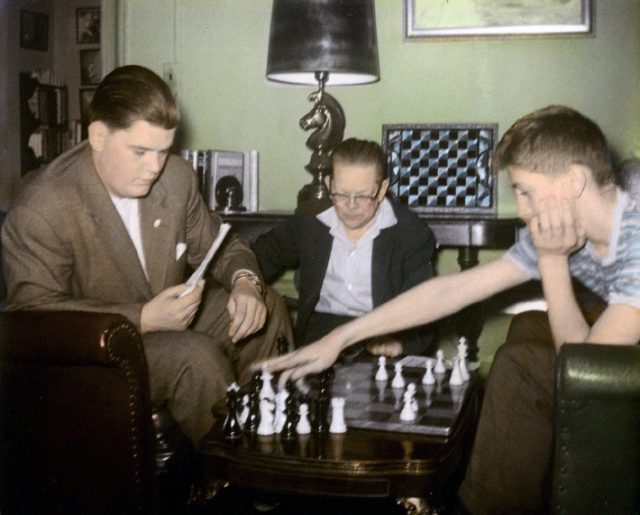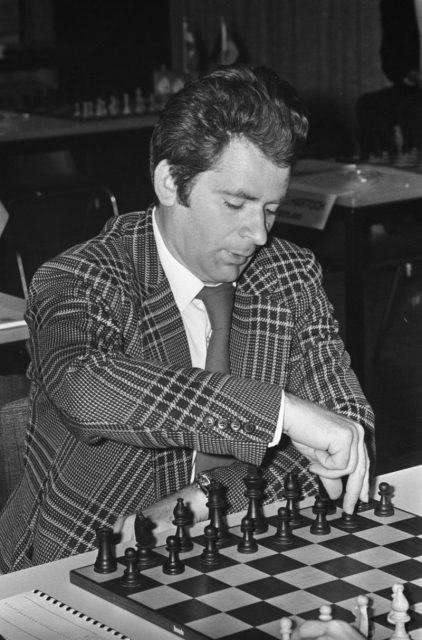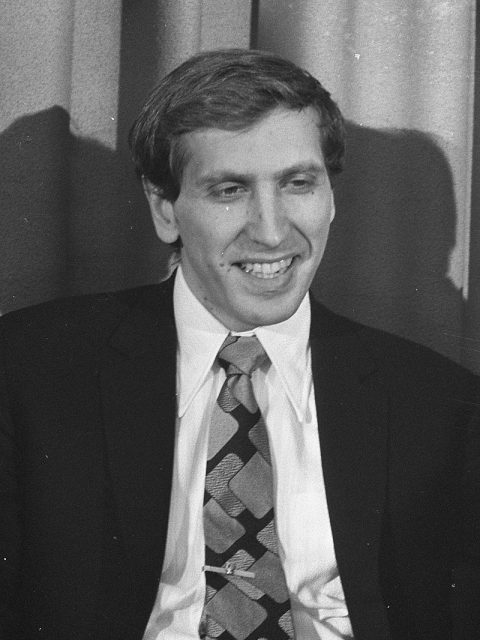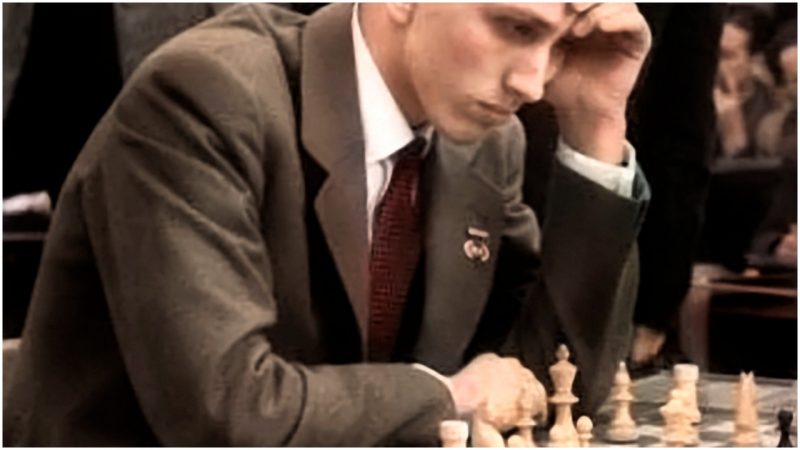The list of the greatest chess players includes many Russian grandmasters–Anatoly Karpov, Boris Spassky, Garry Kasparov, Mikhail Botvinnik, and so on. And then there is Bobby Fischer: The prodigy kid who brought fame to the game of chess across the United States and who became a grandmaster at the age of 15. Fischer is a synonym for chess. It is a hard to make such a distinction, but a lot of people consider him to be the greatest chess player of all time.
Bobby Fischer was quite an extraordinary character. To his opponents, he was an enigma; to the world, he was an eccentric genius and, in his later years, his flouting of U.S. sanction rules made him a fugitive from his own country. In 1972, Fischer became the World Chess Champion, a title he officially kept for three years. Following that, he mysteriously disappeared from the public eye for two decades.
Born in Chicago on March 9, 1943, he was raised by his mother, Regina, who worked hard to make ends meet as a single parent. A U.S. citizen whose parents were Polish Jews, Regina was raised in St. Louis, then spent some time after graduating from college in Germany with her brother. It was there that she met her husband, Han-Gerhardt Fischer. Regina studied medicine at a prestigious university in Moscow, but Stalin’s rise to power prompted her to flee back home to America for safety. Her German husband, however, was unable to enter the country.

The family lived in a tiny apartment, where Fischer discovered the game of chess, a present from his sister who also taught him how to play it. Their mother, as keen as she was for the boy to follow other pursuits, supported his new obsession, even attempting to place an advertisement in a newspaper to find other boys who would like to play chess with her son. The newspaper did not publish the ad, but they did pass Regina’s request to the chess player and promoter Herman Helms.
Fischer was subsequently invited to attend a simultaneous exhibition with Max Pavey, a chess event where players have the opportunity to battle with a grandmaster. Here, in January 1951, Fischer met his first teacher, the chess expert Carmine Nigro, whom Fischer later said was essential in his decision to pursue a chess career. Two years later, when he was 12, Bobby joined the most influential chess club in the United States, the Manhattan Chess Club. Nigro’s mentorship lasted for three years, until he moved away and left Fischer in the hands of the future grandmaster, William Lombardy.
From then on, Bobby Fischer made history with all the games he played, becoming the youngest grandmaster at 15, a record broken in 1991 by the Hungarian Judit Polgár. He played eight times at the U.S. Championship and won each time. He didn’t just win, but he won with the style of a brilliant new prodigy. Nothing, however, shook the world like his game against the World Chess Champion Boris Spassky in 1972.

At the time, Spassky had held the title of World Champion for three years and was the fifth Soviet player in a row to hold it. So, besides the interest in the game, there was also an element of political tension as the match was played during the Cold War.
The match was held in Reykjavik, Iceland, the first time that the championship took place outside of Moscow. During the first game, Fischer lost due to an amateurish mistake and refused to play in the second game before his demands were satisfied, so the points were given to Spassky. Fischer was willing to forfeit the entire match because of his requirement to play the next game in a back room without all the cameras. Spassky agreed to his opponent’s wishes and joined him in a back room where they played away from the public.
Fischer won and became the first American to win the World Chess Championship. To this day, the game between Fischer and Spassky is dubbed as the “Match of the Century.” However, there are some chess fans who dispute this title, claiming that the match was indeed tremendous but with many mistakes by both players and that more interesting matches followed throughout the years.
Three years later, in 1975, Fischer was scheduled to defend his title in a match with Anatoly Karpov, but he disagreed with regulations on how the matches were played. Laying down a proposal that they would play according to the rules of the first ever World Championship, Fischer forfeited when FIDE (the World Chess Federation) refused to meet his conditions, and Karpov became the new champion. Fischer disappeared from the public eye for almost 20 years. He became a legend.

His reappearance was even more controversial. Despite being forbidden to do so because it violated United Nations sanctions against Yugoslavia, Fischer sat down with Spassky in Belgrade in 1992 to play, and win, the “Revenge Match of the 20th Century.” U.S. Federal officials initiated a warrant for Fischer’s arrest for breaking United Nations Security Council Resolution 757.
Fischer managed to evade the authorities for 12 years, until 2004 when he got arrested in Japan for traveling with a revoked U.S. passport. In 2005, Iceland granted him citizenship, and, in fact, asylum and Fischer left Japan. He lived in Iceland until 2008, when he died of renal failure at the age of 64.
The American chess grandmaster was a fascinating subject for anyone who knew him personally or who followed his career and life. Many sports psychologists have argued that he likely had schizophrenia or paranoid personality disorder. People who were close to him, however, described Fischer as a good-natured and humane person.
But his behavior in public was somewhat arrogant and narcissistic. He was openly anti-Semitism even though his mother was Jewish. At first, he ridiculed religion, later becoming religious himself and donating a lot of money to his church. Then he abandoned it and said it was “satanic.” During the 9/11 attack on New York, Fischer got on the radio and praised the terror, saying that America and Israel had done enough damage to Palestine. He never stopped speaking against the U.S.
Whoever was the real Fischer, he was indeed a troubled man, but he has left an image as a chess idol for many generations to follow. He was buried in Laugardælir, where he spent the last three years of his life. After giving up playing competitive chess, Fischer proposed a modified timing system that is now used as the standard. He also developed what became a popular variant of the game, known as “Fischerandom” or “Chess960.”
